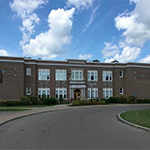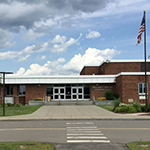Cleaning vs Sanitizing vs Disinfecting
Cleaning vs Sanitizing vs Disinfecting
Cleaning is the process of removing dirt, dust, and other soiling from surfaces. This is done with clothes or machines and a detergent or solvent. While cleaning doesn’t kill bacteria or viruses it is the first step in doing so.
Sanitizing reduces the amount of bacteria on a surface, but it does not kill them.
Disinfecting kills, or inactivates, harmful bacteria and viruses. Some Disinfectants only work on specific bacteria or viruses and not others. All disinfectants require a dwell time to be effective. Dwell time is how long the solution must sit on a surface before completing its task.
Detergents (Soaps) vs Solvents (Degreasers)
Detergents are a group of chemical products called soaps, general purpose cleaners, and sometimes detergent. They work by using surfactants in their solution to surround contaminants so that they can be lifted away with mechanical process. (wiping, scrubbing, rinsing, etc.)
Solvents are a group of chemicals also known as degreasers or organic solvents. They work by dissolving and breaking down certain items within their solution. They work especially well on fat and grease based stains and soiling that detergents struggle with. Typically they are designed for very specific types of targets based on intended application. Acetone, mineral oil, HD Spray clean, and paint thinner are all the same class of solution.



